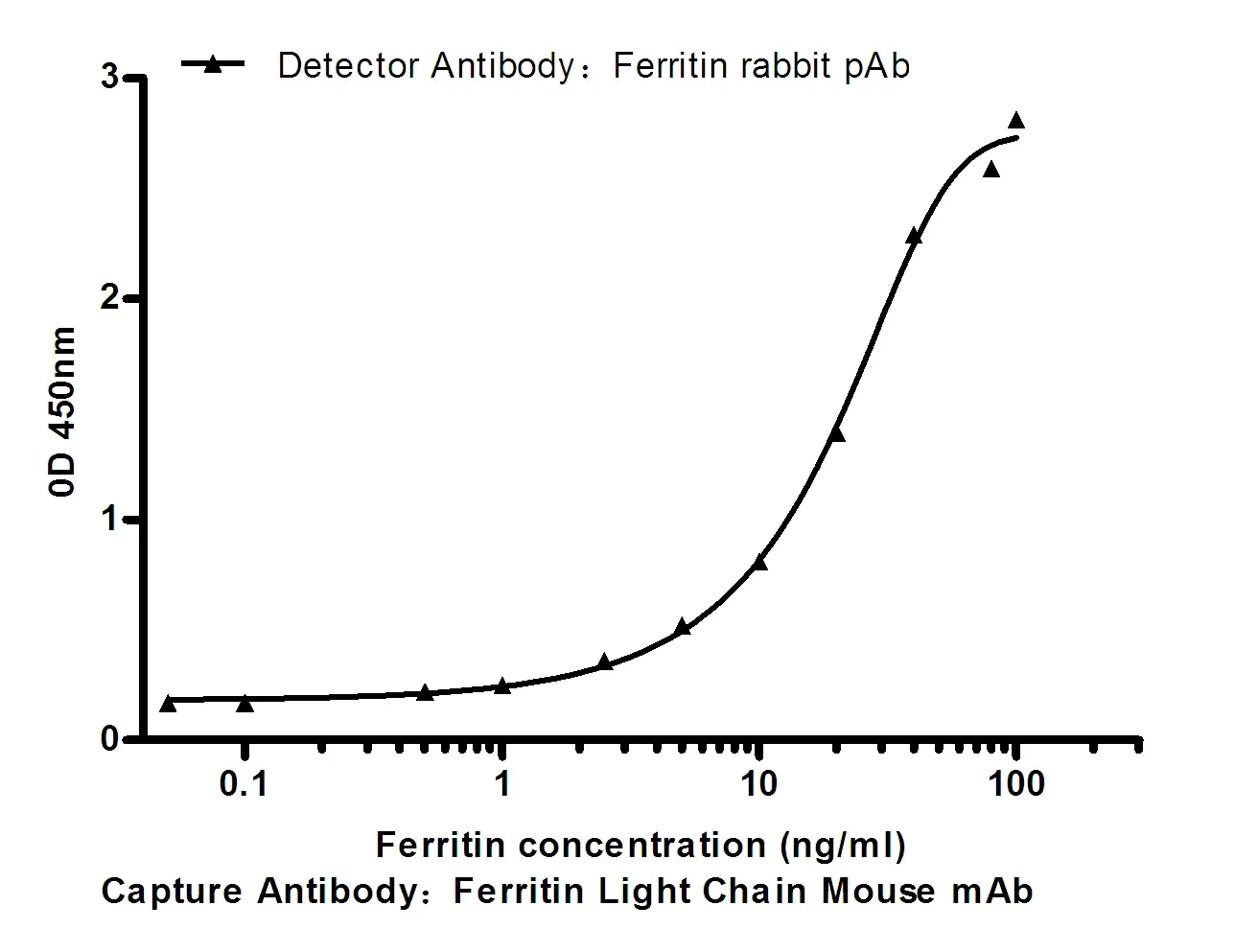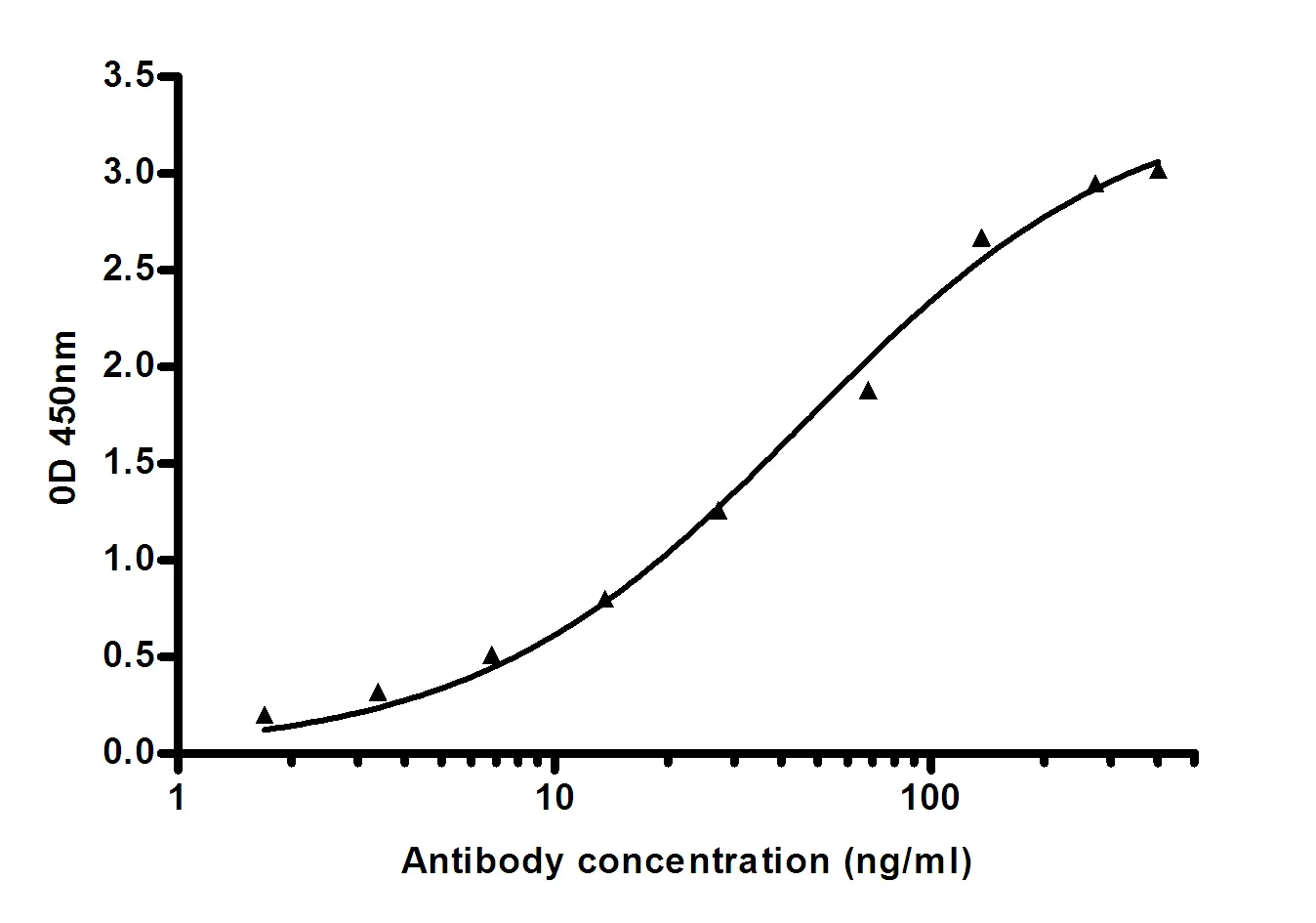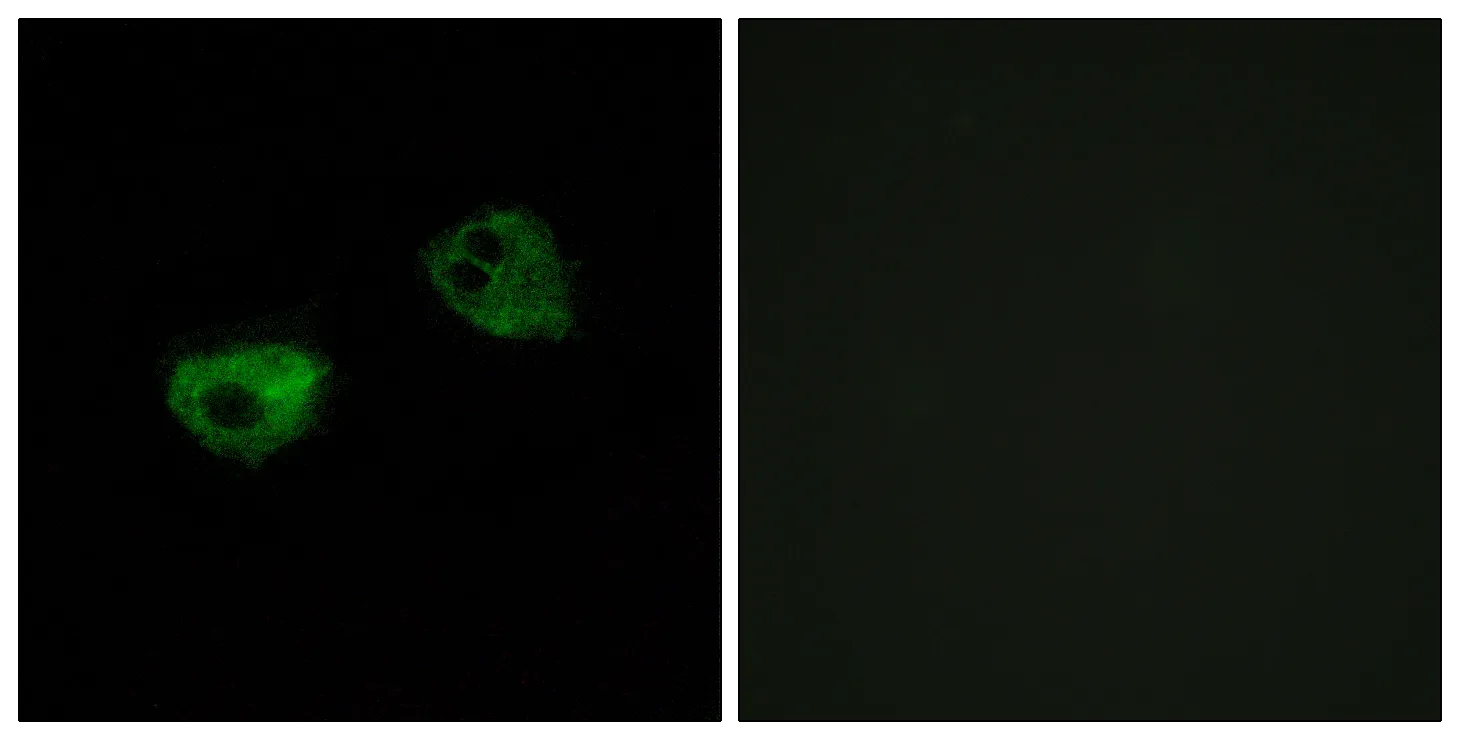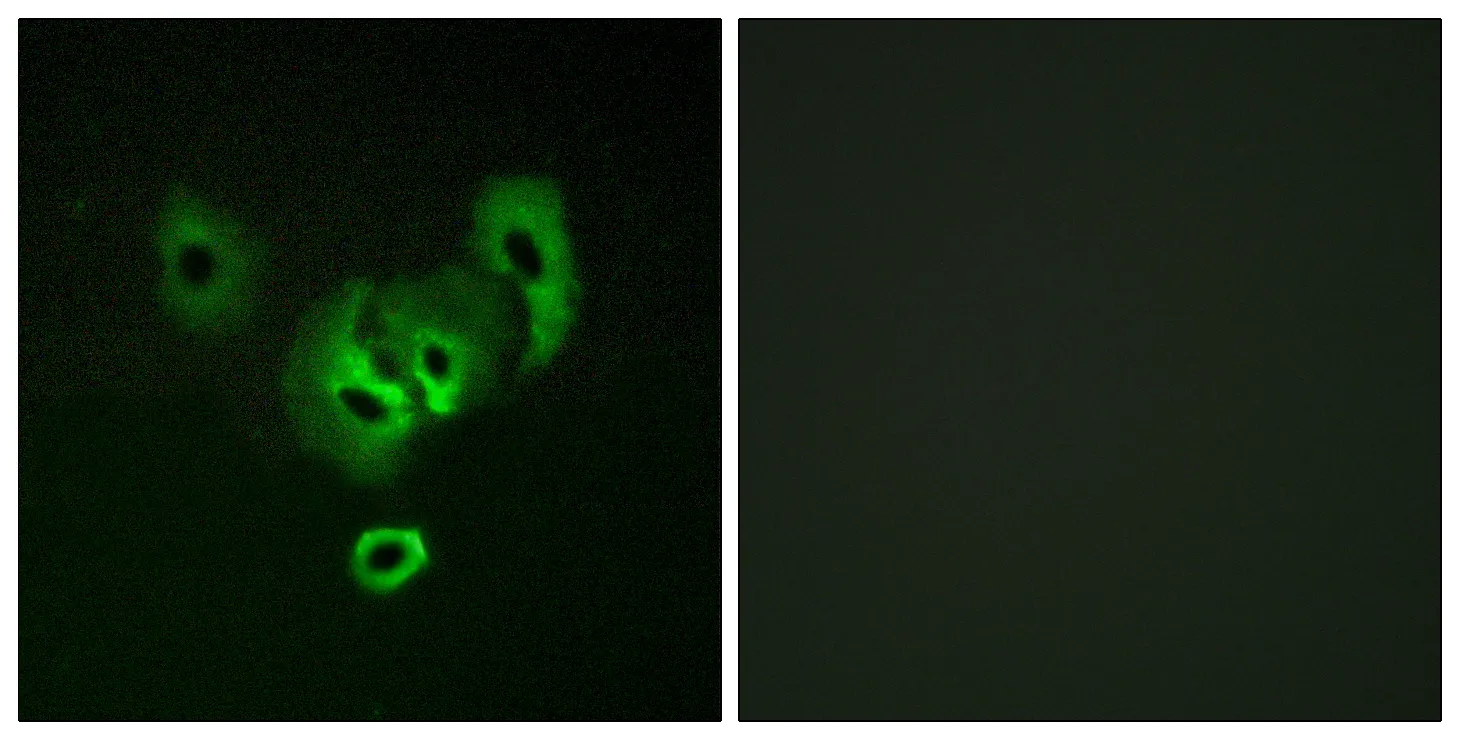Summary
Performance
Immunogen
Application
Background
This gene encodes one of two high affinity forms of a receptor for melatonin, the primary hormone secreted by the pineal gland. This gene product is an integral membrane protein that is a G-protein coupled, 7-transmembrane receptor. It is found primarily in the retina and brain although this detection requires RT-PCR. It is thought to participate in light-dependent functions in the retina and may be involved in the neurobiological effects of melatonin. [provided by RefSeq, Jul 2008],function:High affinity receptor for melatonin. Likely to mediates the reproductive and circadian actions of melatonin. The activity of this receptor is mediated by pertussis toxin sensitive G proteins that inhibit adenylate cyclase activity.,online information:Melatonin receptor entry,similarity:Belongs to the G-protein coupled receptor 1 family.,tissue specificity:Expressed in retina and less in brain and hippocampus.,
Research Area
Neuroactive ligand-receptor interaction;




